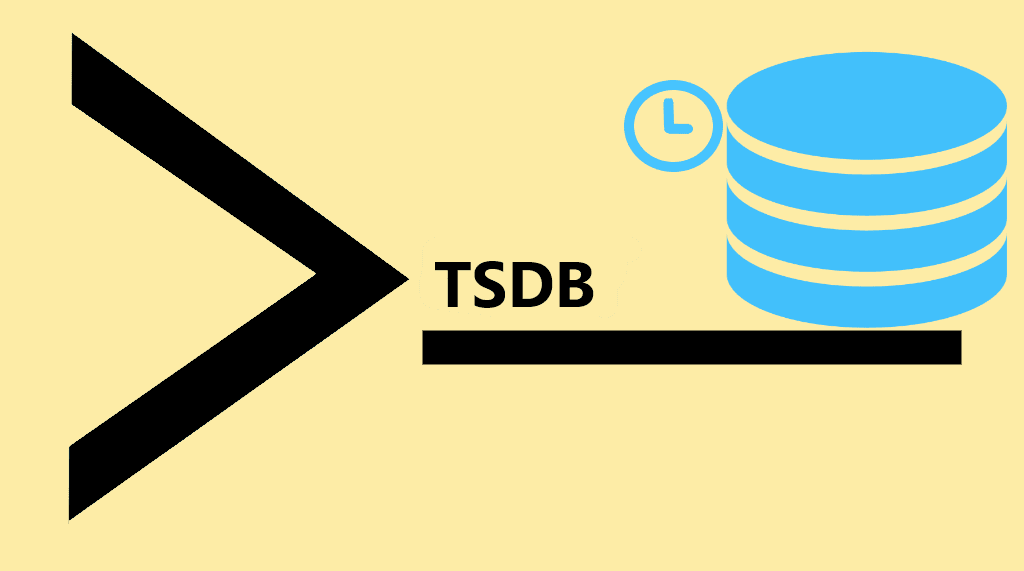Tag: NoSQL
Apache Cassandra install tutorial for Linux (AlmaLinux)
Apache Cassandra is a highly robust, distributed NoSQL database management system that is open-source and designed to handle vast amounts of data across many conventional servers while maintaining high availability and eliminating a single point of failure. It is an Apache Software Foundation initiative frequently used to organize and store structured data across several standard servers. This article will review the prerequisites, installation steps, and configuration features required for a successful Apache Cassandra install on AlmaLinux.
What Is a Time Series Database? How It Works & Use Cases

As the Internet of Things expands quickly, many devices connect to the web and transmit time series data. As a result, industries are interested in creating time series databases with unique management and analytical features.
How to Install MongoDB on CentOS 8
What is MongoDB?

MongoDB is a documented database management system that does not require the description of a table scheme. It is representative of a NoSQL based system (NoSQL is an approach to implement a scalable database storage system within a flexible data model), which uses JSON like documents and database schemas often used in web development. It is written in C, C++, JavaScript, and since it is cross-platform, it allows one to deploy it on any platform.
How to Install MongoDB on Ubuntu 18.04
What is MongoDB?

MongoDB is a documented database management system that does not require the description of the table scheme. It is an example of NoSQL systems (NoSQL - this is an approach to implement scalable db storage with a flexible data model), MongoDB uses JSON like documents and a database scheme. It is often used in web-development along with Big data. MongoDB is written in C++, C, and JavaScript. It is also cross-platform, which lets us deploy it on multiple platforms.
What is NoSQL and How is it Utilized?
What is NoSQL?
A NoSQL or a NoSQL Database is a term used when referring to a “non SQL” or “not only SQL” database. NoSQL databases store data in a different format than a traditional relational database management systems. This is why NoSQL is often associated with the term “non-relational” database. Simply put, NoSQL databases are modern databases with high flexibility, blazing performance, and built for scalability. These databases are used when you require low latency and high extensibility while working with large data structures. The versatility of NoSQL is due to the nature of as being unrestricted in comparison to relational databases models such as MySQL or DB2.
How to Install MongoDB on CentOS 7
MongoDB is a NoSQL database intended for storing large amounts of data in document-oriented storage with dynamic schemas. NoSQL refers to a database with a data model other than the tabular format used in relational databases such as MySQL, PostgreSQL, and Microsoft SQL. MongoDB features include: full index support, replication, high availability, and auto-sharding.
What is Redis?
Redis or “REmote DIctionary Server” is defined as an open source, "key-value" database storage medium, which is additionally known as a data structure server. At its heart, Redis works with key-value pairs and stores data in a location that's easily referenceable by two specific values. These key-value associations are usually a set of two linked data entries which are made up by a key, which is a unique identifier for a type of data and, the value, which can be either the particular data that is identified or, an indicator to the location of that data.
How to Install MongoDB on Ubuntu 14.04 LTS
MongoDB is a NoSQL database intended for storing large amounts of data in document-oriented storage with dynamic schemas. NoSQL refers to a database with a data model other than the tabular format used in relational databases such as MySQL, PostgreSQL, and Microsoft SQL. MongoDB features include: full index support, replication, high availability, and auto-sharding.
How to Install MongoDB on Fedora 21
MongoDB is a NoSQL database intended for storing large amounts of data in document-oriented storage with dynamic schemas. NoSQL refers to a database with a data model other than the tabular format used in relational databases such as MySQL, PostgreSQL, and Microsoft SQL. MongoDB features include: full index support, replication, high availability, and auto-sharding.
How to Install OQGRAPH for MariaDB 10.0 on Fedora 20
MariaDB is a drop-in replacement for MySQL. It is easy to install, offers many speed and performance improvements, and is easy to integrate into most MySQL deployments. Answers for compatibility questions can be found at MariaDB versus MySQL – Compatibility. MariaDB offers more storage engines than MySQL, including Cassandra (NoSQL), XtraDB (drop-in replacement for InnoDB), and OQGRAPH.
Our Sales and Support teams are available 24 hours by phone or e-mail to assist.

